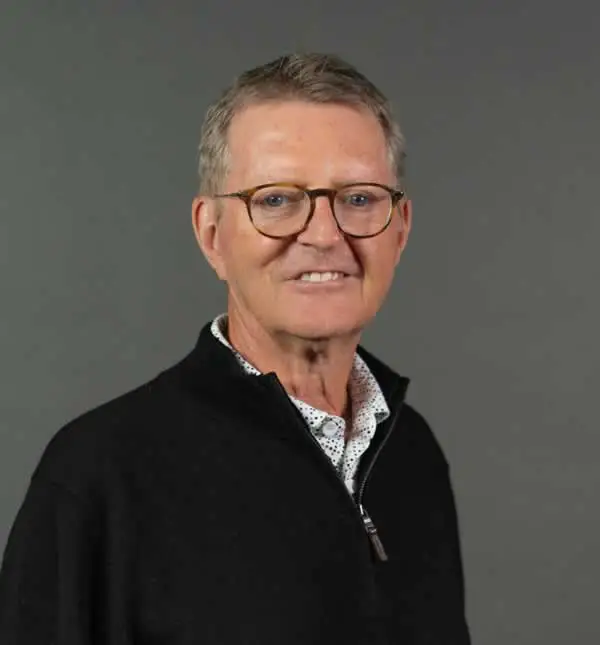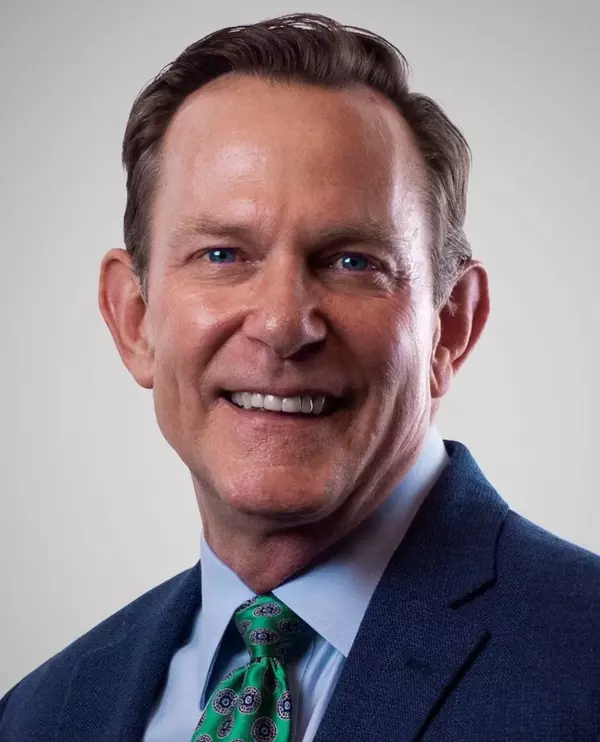Reverse pro turned customer shares insights gained from the other side of the table
Tim Nelson, reverse department manager at VIP Mortgage, is a 35-year veteran of the mortgage business, and he has been solely focused on reverse mortgages for the past 15 years.
Nelson recently sat down with HousingWire’s Reverse Mortgage Daily (RMD) to share perspectives on what it was like to move from being a reverse mortgage industry professional to a customer. He obtained his own Home Equity Conversion Mortgage (HECM) as soon as he and his wife reached the qualifying age of 62.
In this second part of the interview, Nelson goes into some of the more specific aspects of making the transition and how he sees potential use cases for the loan as part of a retirement plan.
Intense disclosures, but fine for a pro
In previous discussions RMD has had with reverse mortgage professionals turned customers, some have expressed how the intensity of financial disclosures can be a drawn-out and grating process to go through. When asked about this, Nelson was not bothered by it, but he sees how people less familiar with pre-closing processes could find the need for endurance and patience.

“I’ve been in the mortgage business for 35 years. I know that the mortgage industry can be a pain through some of the processes and the documentation, but I think it’s more frustrating for the layperson who isn’t aware of all the needed pages.”
Sometimes, bank statements at certain institutions are left purposely blank. Despite not having any information, even those pages need to be included in a document package because they’re often numbered, he said.
“I just know that I’ve got to include that stupid page, because it’s page five of 105 and even though it’s blank, I know that I need to have it,” he said.
Underwriting requirements for many government loan programs are similarly frustrating, Nelson points out, and are not attributes exclusive to Federal Housing Administration (FHA) rules for the HECM program. Being aware of the requirements ahead of time helped him to keep any feelings of frustration in check.
It’s all about the line of credit
When asked about his retirement strategy and how his HECM loan plays into it, Nelson explained that the standby line of credit was a key factor in the decision to ultimately take out the loan. As data shows, Nelson is far from alone.
According to FHA’s recently released Annual Report to Congress, the overwhelming majority of reverse mortgage endorsements in fiscal year 2024 — 93.6% — took advantage of the standby line of credit as their disbursement method of choice. While there are a total of five disbursement options available to HECM borrowers, all other options garnered less than 7% utilization combined.
“The No. 1 reason why we did it was that we wanted to put that line of credit in place as soon as possible in order for that growth factor to kick in,” Nelson said. “Because when you look at an amortization schedule, and you see what that line of credit does in a 10- to 15-year period of time, it’s amazing what that growth factor does and the liquidity position it puts you in.”
This is especially true, he said, by the time many borrowers reach the age of 80, when the expenses they incur often start to change.
‘Self-insurance’ via line of credit
Nelson and his wife Mary moved into their current home in 2020, and they call it their “forever home.” After rightsizing themselves, the line of credit adds a level of security to bolster against expected later-in-life expenses.
“Our goal when we bought this home was that when she turned 62 two years later, we would put that reverse mortgage in place and have that line of credit grow,” he said. “So, when we do turn 80 or 85 years old and we have that sizable line of credit available, we’re kind of self-insuring ourselves for that long-term care policy that would normally would be so expensive.”
Long-term care often requires retirees to spend from their portfolios to cover the high costs, but the line of credit helps to self-insure against these costs as well as any additional expenses that might present themselves, he said.
“As additional needs and additional expenses pop up, we’ve got the liquidity to not have to dip into the retirement portfolio,” he said.
Recent Posts










GET MORE INFORMATION

